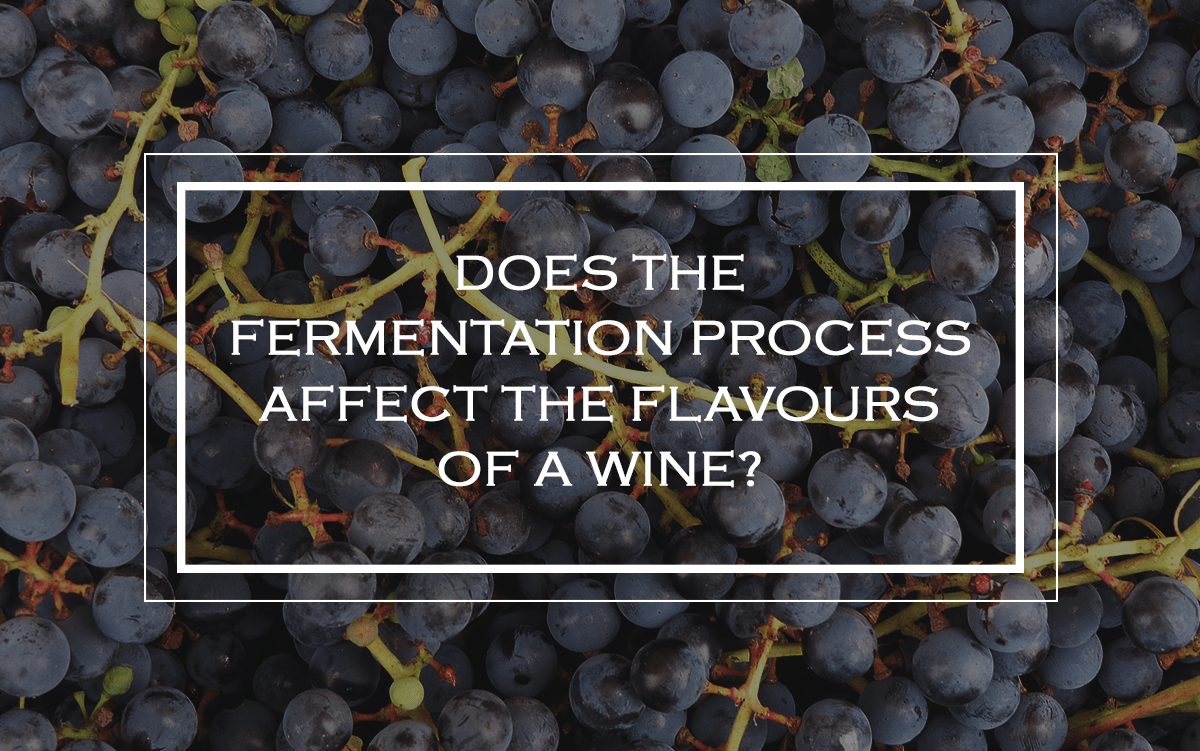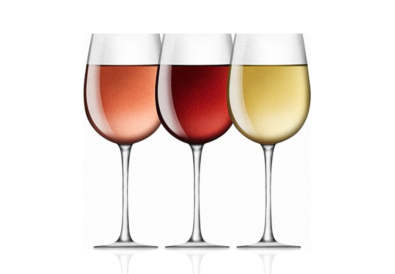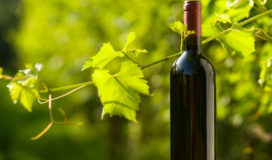Are you familiar with whole-cluster fermentation? We won’t judge you if you aren’t. Not everyone is an Oenologist (A person who knows everything about wine and winemaking). It somewhat leads to carbonic maceration. Our intent is to enhance your knowledge about this fermentation process, helping you to understand your wine better.
About the Process
Once grapes are harvested for winemaking, they are first pressed and then fermented. In the fermentation process, some winemakers add cultured yeast while others allow yeast present in the atmosphere to act naturally. Yet, there are some winemakers who choose whole-cluster fermentation method to get additional flavours. In this process, grapes are not sorted (destemmed) but the whole cluster of grapes goes into the fermentation tank. Stems have their own distinct flavours, tannins as well as structure. This method is rare as a majority of winemakers destem grapes before crushing.
Flavour Profile of a Whole-Cluster Fermented Wine
If clusters of grapes are picked early, that means the stems are underripe. You can expect herbal and vegetal notes in the wine. On the other hand, if you allow the grapes to ripen a little longer you will get spice, black tea and forest floor notes. These stems also lighten the colour of wine by soaking up the pigments. This is one of the ways how the process affects your wine. Another result of whole-cluster fermentation is carbonic maceration.
What is Carbonic Maceration?
In this, whole bunches of grapes are tossed into a tank which is sealed afterwards. With anaerobic (without oxygen) environment carbon dioxide facilitates intracellular fermentation. It means grapes begin to ferment from inside. In whole-cluster fermentation, the tank is not sealed but clusters of grapes at the bottom of the tank do not receive enough oxygen leading to carbonic maceration. Red wines are produced using this method, mostly, Pinot Noir and Shiraz.
This process is prevalent in Burgundy and Rhône wine regions of France. Although the technique was originally used in the aforementioned regions, it’s now adopted by many winemakers around the world.
















